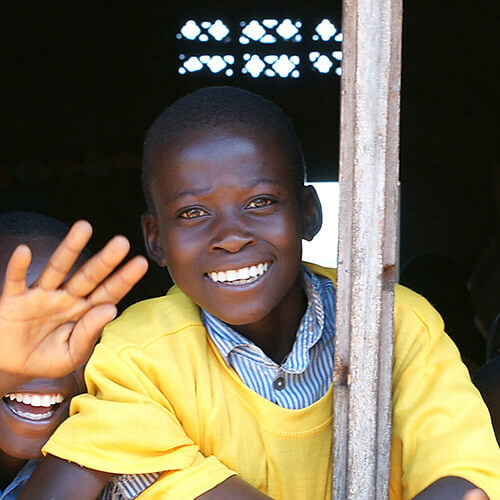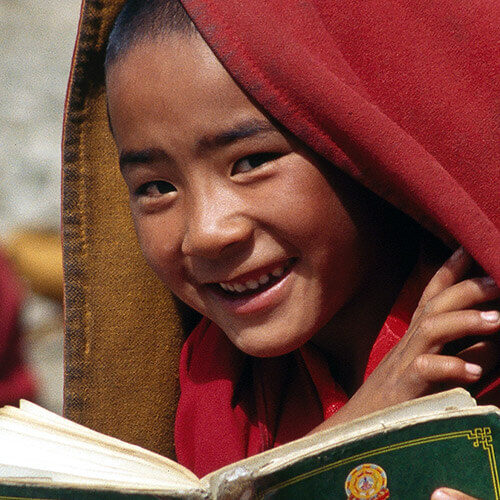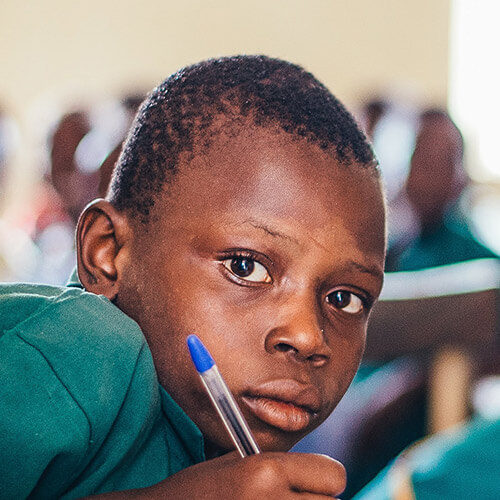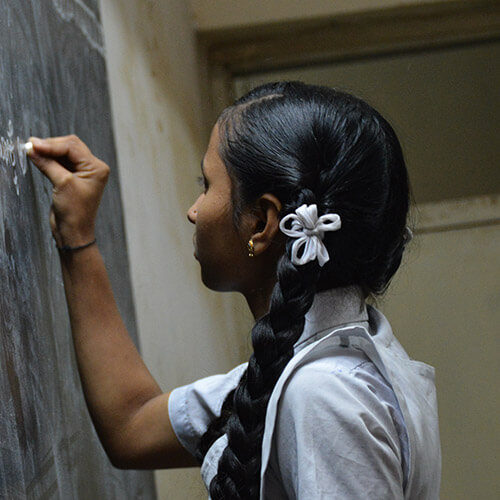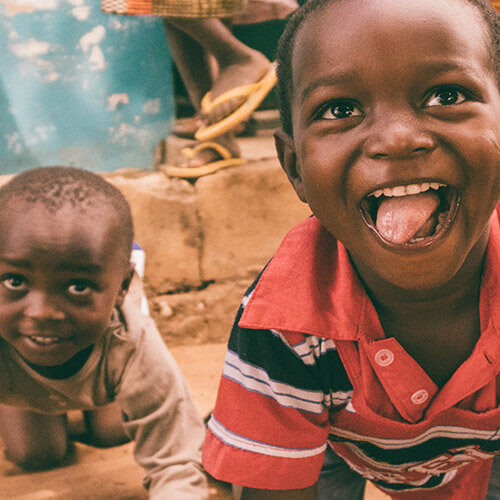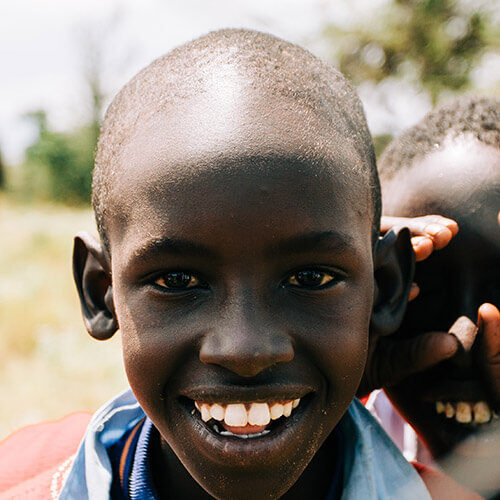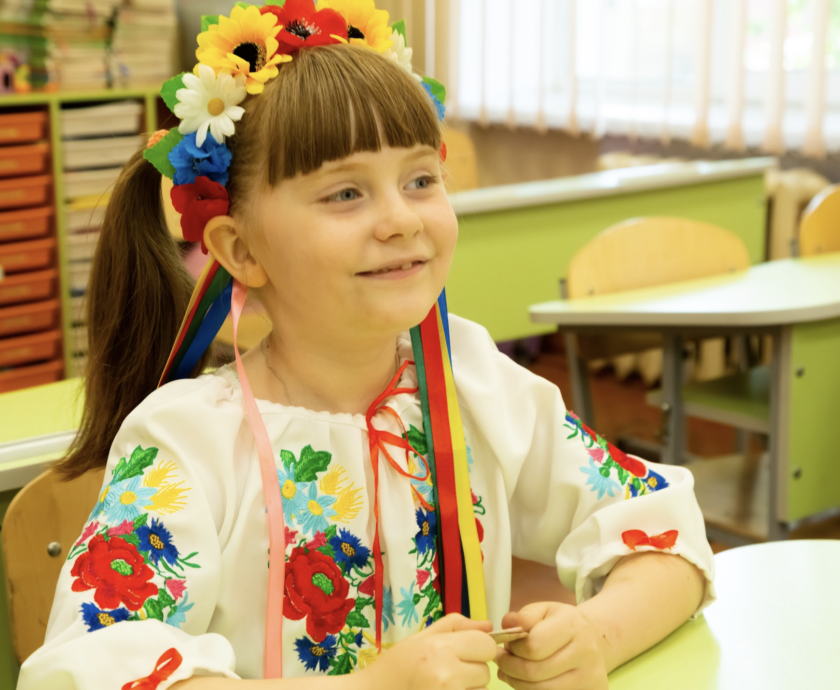KYIV, Ukraine — In a country where 60% of schools are in villages yet only a mere 28% of students attend them, the Ukrainian education system has long grappled with the realities of providing quality education in the face of resource inequality. The onset of the war in 2014 and the subsequent Covid-19 pandemic have only heightened these challenges, casting an uncertain future on Ukraine’s over 4 million students and their teachers.
As per the Ukrainian constitution, the state guarantees access to complete general secondary education. Post basic secondary education, which covers nine years of study, there are three avenues of advancement: traditional schooling, vocational training, or pre-professional instruction. At the onset of the 2021 academic year, approximately 14,000 general secondary institutions had opened their doors to young learners across the nation.
To combat the stark rural-urban divide, Ukraine launched an initiative in 2017, called hub schools. Under this program, children from surrounding villages are transported by bus to central education facilities, thus improving their access to better-equipped educational environments. As of June 2022, these hub schools accounted for about 9% of all schools in the country.
Yet, these efforts have been hampered by a decrease in the education subvention – funds from the state budget that are allocated to local communities to finance schools and pay teachers. As Ukraine battles the effects of a full-scale war, its 2023 educational subvention has been reduced by 20% from the previous year to 87.5 billion UAH.
In 2017, the country had embarked on an ambitious school reform program, named the New Ukrainian School, aimed at modernizing education. The plan called for a child-centred learning approach, modernizing school infrastructure, and distributing educational responsibilities in favour of local communities. However, the full-scale invasion and Covid-19 have severely hampered the progress of this reform.
Rural students are already at a disadvantage, lagging behind their urban counterparts by 2.5 years, according to the 2018 PISA assessment. The advent of the pandemic and the transition to remote learning has likely exacerbated this divide, even though formal studies in Ukraine have yet to confirm this.
The Russian invasion of Ukraine, which began in 2014, escalated significantly in February 2022, disrupting life and education across the country. Large areas of the country, including Kyiv, Chernihiv, Zhytomyr, Kharkiv, Sumy, Zaporizhzhia, Kherson, and Mykolaiv, have been affected by the conflict.
Despite the disruptions, Ukraine has managed to de-occupy parts of its territory. As of June, 20% of Ukraine’s territory, or 125,000 square meters, remained under occupation. As of late 2022, the Ukrainian Ministry of Reintegration included 329 local communities in the list of areas under temporary occupation or in the combat zone.
On top of this, missile attacks and artillery shelling, combined with the targeting of critical infrastructure, have resulted in frequent power outages, interrupting mobile and internet communications, central heating, and water supply — all critical to sustaining distance learning.
Despite the many hardships, the Ukrainian spirit remains undeterred, as the country pushes forward with its educational reforms amid the dual threats of war and pandemic. It’s a test of national resolve, the outcome of which will shape the future of Ukraine’s young generations.
The team united and decided, thanks to the village chairman, who helped us and found funding opportunities, to seek out local entrepreneurs and look for anyone who could help. We approached everyone with our requests. Because, you know, even to plaster something, to make some redecoration, you need to have some money or material. So we were provided with it, and people brought us satengypsum and paint. At that time, the government did not help us with any money or anything. We worked on our own. In the summer, all summer long, even though we were supposed to be on vacation. When we had the windows replaced in September, they had been ordered by the Department of Education, and we installed all 158 windows ourselves. They were brought to us, the military helped us unload them and bring them in. And then parents and male residents of the village who could do something about it came to us. And on any day, whether it was a weekend, a working day, or in the evening, they came and helped install these windows. -Principal, Kyiv oblast




